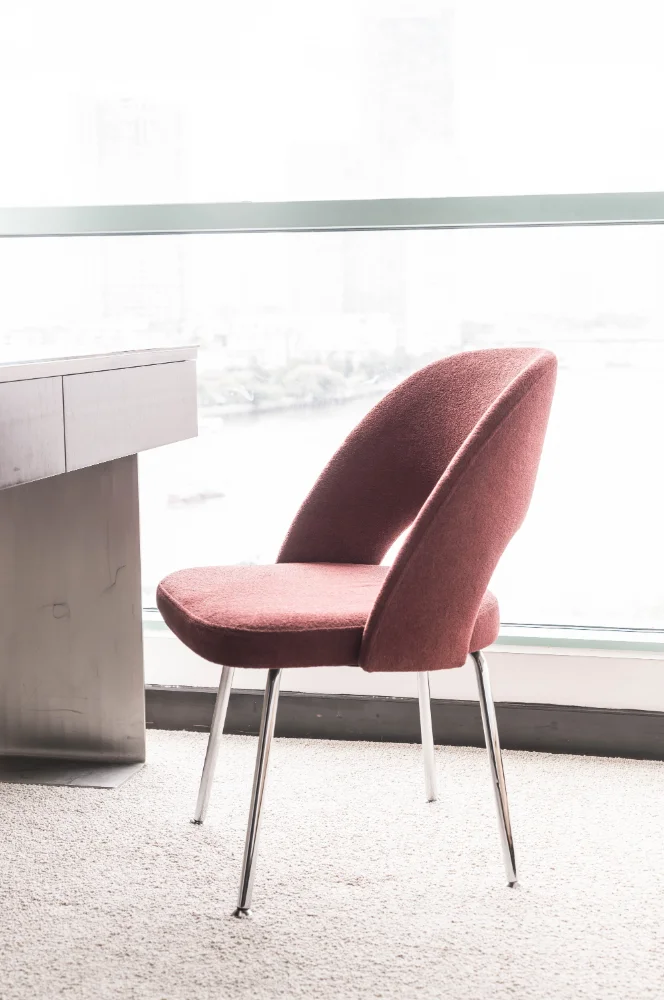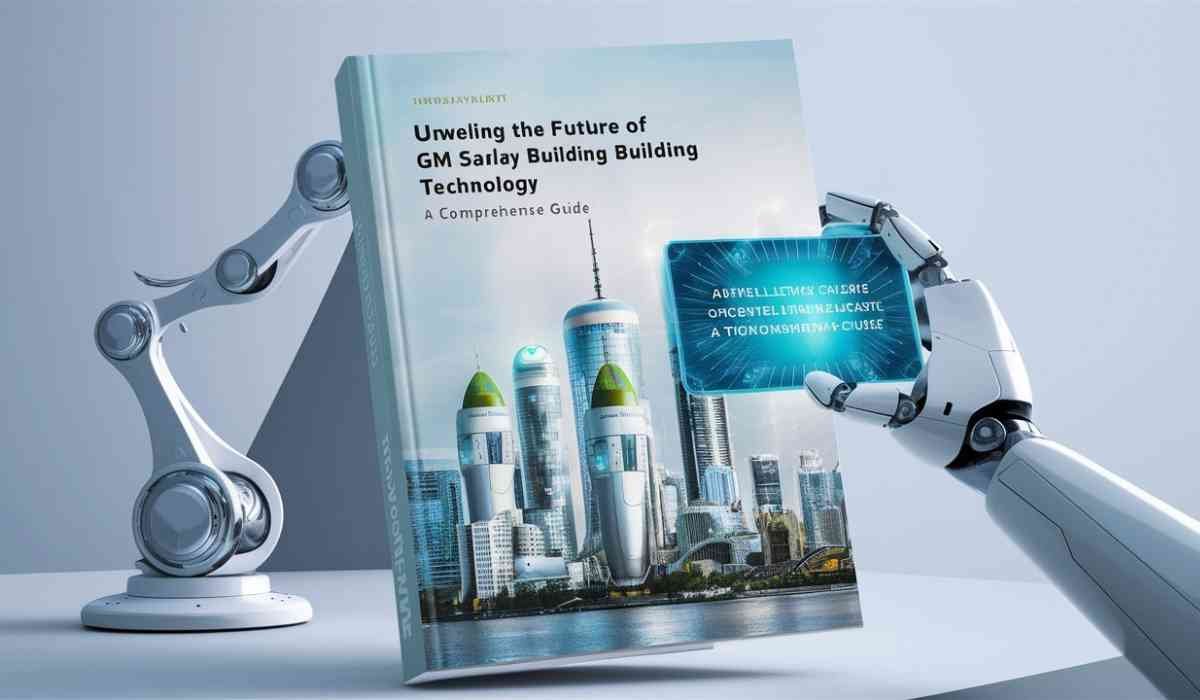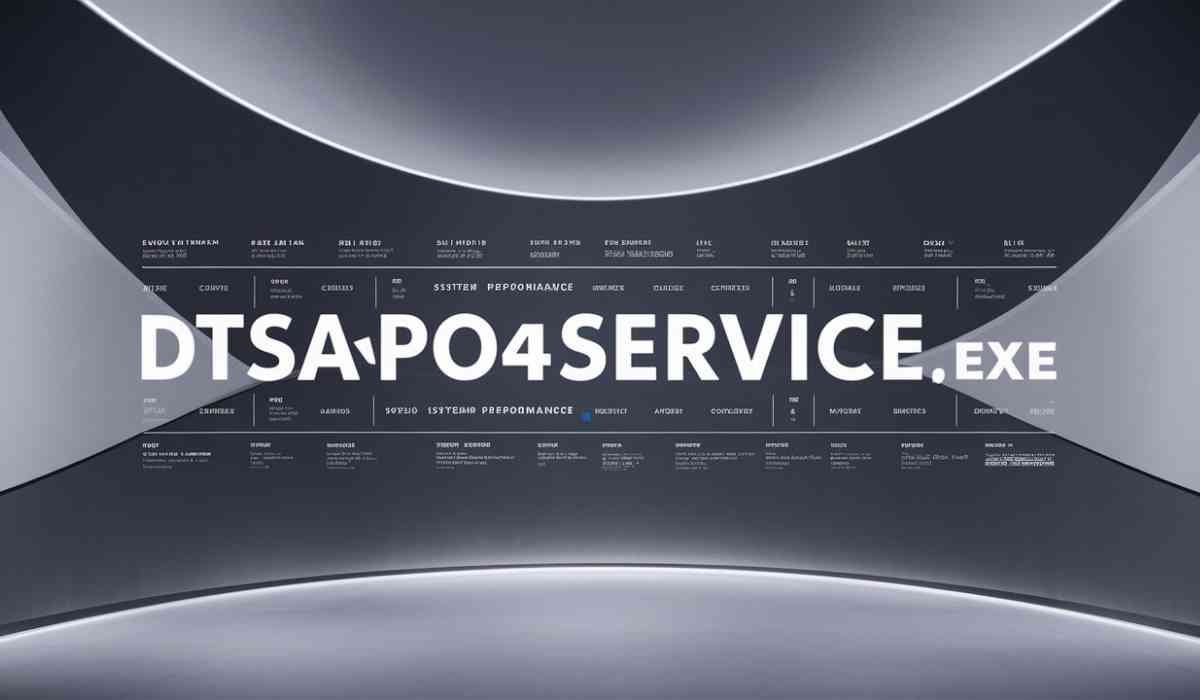An office chair is more than just furniture—it’s a vital part of your workday comfort, posture, and productivity. Whether you’re clocking in long hours at the office or working remotely from home, a comfortable chair is essential to keeping you focused and pain-free.
But like all frequently used items, even the best chairs wear out over time. The challenge is recognizing when your good office chair has passed its prime and is no longer doing you any favors.
Ignoring signs of wear can result in back pain, reduced support, or even injury. You might also notice a dip in productivity if your chair no longer offers the ergonomic design and adjustability you once relied on. While proper maintenance can extend a chair’s lifespan, no seating solution lasts forever—especially if it’s used daily.
Here are 15 clear signs that it’s time to retire your old office chair and invest in a better one.
1. You Feel Pain or Discomfort after Sitting
The most obvious red flag is persistent discomfort. If you’re experiencing back pain, neck strain, or stiffness in your shoulders or hips after using your office chair, it’s time to reconsider its effectiveness.
Even a comfortable chair can lose its support over time. Cushioning flattens, mechanisms wear out, and the frame may no longer align with your posture needs. Pain is your body’s way of signaling that something isn’t right—and ignoring it could lead to chronic issues.
2. The Cushioning Is Flat or Worn Out
When you first sat in your good office chair, the seat likely felt soft and supportive. Now, if it feels hard, lumpy, or uneven, that’s a strong indicator the cushioning has degraded.
Flat seat padding can cause discomfort, especially in your tailbone and thighs, and it no longer provides the shock absorption your spine needs. A chair should conform to your body’s shape, not make you squirm for relief.
3. Squeaking or Noisy Movements
All chairs produce minor sounds now and then, but if your office chair consistently squeaks, clicks, or creaks during movement, something may be wrong internally.
Excessive noise often indicates that screws are loose, joints are worn, or the mechanisms are failing. Lubrication may fix some of these issues temporarily, but frequent noises signal deeper wear that may not be repairable.
4. The Chair Doesn’t Stay Adjusted
If your seat drops to the lowest setting after you’ve adjusted it, or the tilt lock won’t hold, the chair’s pneumatic or mechanical systems may have failed. A quality ergo office chair allows for fine adjustments that stay in place.
When your chair’s features no longer function correctly, it becomes difficult to maintain good posture, making your workspace less ergonomic and potentially hazardous.
5. Your Posture Is Suffering
Do you find yourself slouching more often? If your comfortable chair is no longer supporting your lower back, hips, or neck the way it should, it may be encouraging bad posture.
Over time, poor posture can lead to musculoskeletal issues and lower work performance. If sitting in your chair feels like a workout instead of a relief, it’s time for a replacement.
6. Visible Tears or Cracks
A torn seat or cracked armrest not only looks unprofessional, but also affects comfort. If you own a mesh chair, fraying fabric or holes in the mesh compromise breathability and support. If the upholstery on a padded chair is peeling or coming apart, it can irritate your skin and clothing.
In short, visible damage is more than cosmetic—it’s a sign that the chair is breaking down internally as well.
7. The Wheels No Longer Roll Smoothly
Mobility is essential for multitasking and reaching different parts of your workspace. When your office chair wheels stick, drag, or fall out entirely, it limits movement and can damage your floor.
You might be tempted to replace the casters, which can help in the short term. But if the wheelbase is cracked or the casters fall out regularly, a new chair is the better long-term solution.
8. The Chair Feels Unstable
Does the chair wobble when you sit or tilt? An unstable ergo office chair can feel like it’s about to tip over—especially when leaning back or swiveling. This could be due to a worn-out base, broken frame, or failed tilt mechanism.
Instability is dangerous and often indicates structural damage that can’t be fixed easily or safely. If your chair feels risky to use, it’s no longer serving its purpose.
9. It Lacks Modern Ergonomic Features
Today’s good office chairs offer adjustable lumbar support, synchronized tilt, headrests, and other features that promote health and comfort. If your chair doesn’t have these or can’t accommodate your body type, it may be outdated.
Upgrading to a modern ergo office chair or even investing in a standing desk, could make a huge difference in your overall well-being and productivity, especially if you sit for several hours a day.
10. It’s Over 5–10 Years Old
Even the highest quality chairs degrade over time. Most office chairs have a lifespan of 5 to 10 years with regular use, depending on the materials, usage, and care.
If your chair is approaching—or exceeding—that age, it’s probably not offering the same level of support it did when it was new. Consider retiring it before it affects your health or performance.
11. You’re Experiencing Circulation Issues
If your legs feel numb or your feet tingle after sitting, the seat cushion may not be distributing your weight evenly. A well-designed comfortable chair keeps pressure off your thighs and promotes healthy blood flow.
Cutting off circulation can lead to discomfort, fatigue, or even varicose veins in the long run. It’s a clear sign your seat design is no longer doing its job.
12. The Backrest Doesn’t Align With Your Spine
The backrest should contour naturally to the spine’s curvature. If you find yourself needing to stuff a pillow behind your back for support, your chair has probably lost its ergonomic shape.
A modern mesh chair or contoured ergo office chair offers flexible lumbar support that keeps your spine aligned. Lack of this alignment is a major reason to replace your chair.
13. The Armrests Are Broken or Worn
Armrests provide crucial support to your elbows, shoulders, and wrists. When they’re cracked, wobbly, or missing padding, they no longer offer comfort—and can even lead to strain or carpal tunnel symptoms.
Replace your good office chair if its armrests have become a source of pain rather than relief, especially if you work on a computer all day.
14. It Looks Out of Place in Your New Setup
Aesthetic mismatches might seem superficial, but your office chair is a visible part of your workspace. If it looks worn, outdated, or clashes with your current décor, it can reduce your overall satisfaction with your environment.
Today’s home and office designs prioritize both function and appearance. A stylish, ergonomic office chair can elevate your space and your mood simultaneously.
15. You Simply Dread Using It
If the thought of sitting in your current chair makes you sigh in frustration, that’s a sign in itself. A comfortable chair should invite you to sit, help you focus, and support your workflow.
Dreading your chair can reflect physical discomfort or subconscious frustration with its features (or lack thereof). Investing in a new ergo office chair could be the simple shift that transforms how you feel throughout the workday.
Final Thoughts: Upgrade for Comfort, Health, and Productivity
An office chair is one of the most important tools in your workspace. If yours exhibits any of the 15 signs above, it’s time to stop tolerating discomfort and start exploring a better option.
Whether you choose a mesh chair for its breathability or a fully featured ergo office chair with adjustable lumbar support, your next chair should be tailored to your body, work habits, and personal style. Comfort is not a luxury—it’s a necessity.
Investing in a good desk chair is an investment in your health, posture, and productivity. Your back, shoulders, and mindset will thank you.









